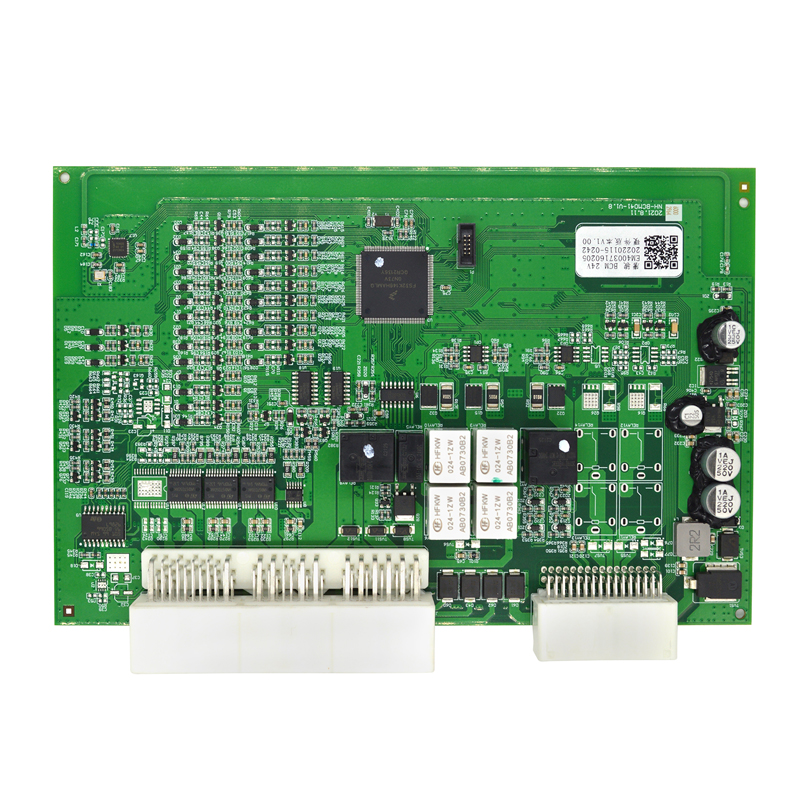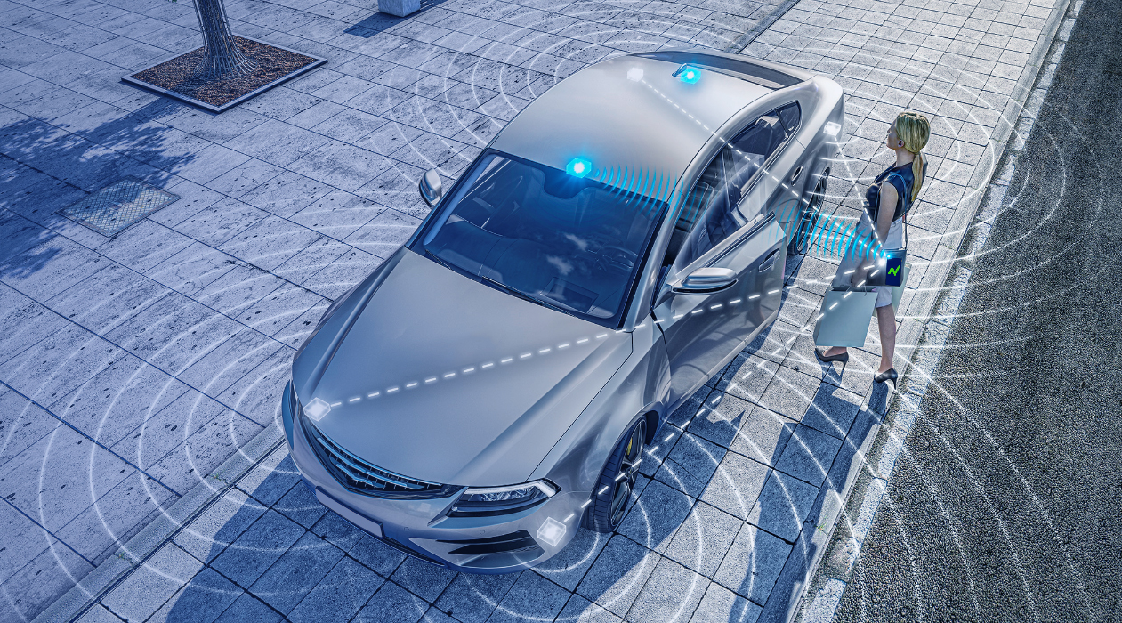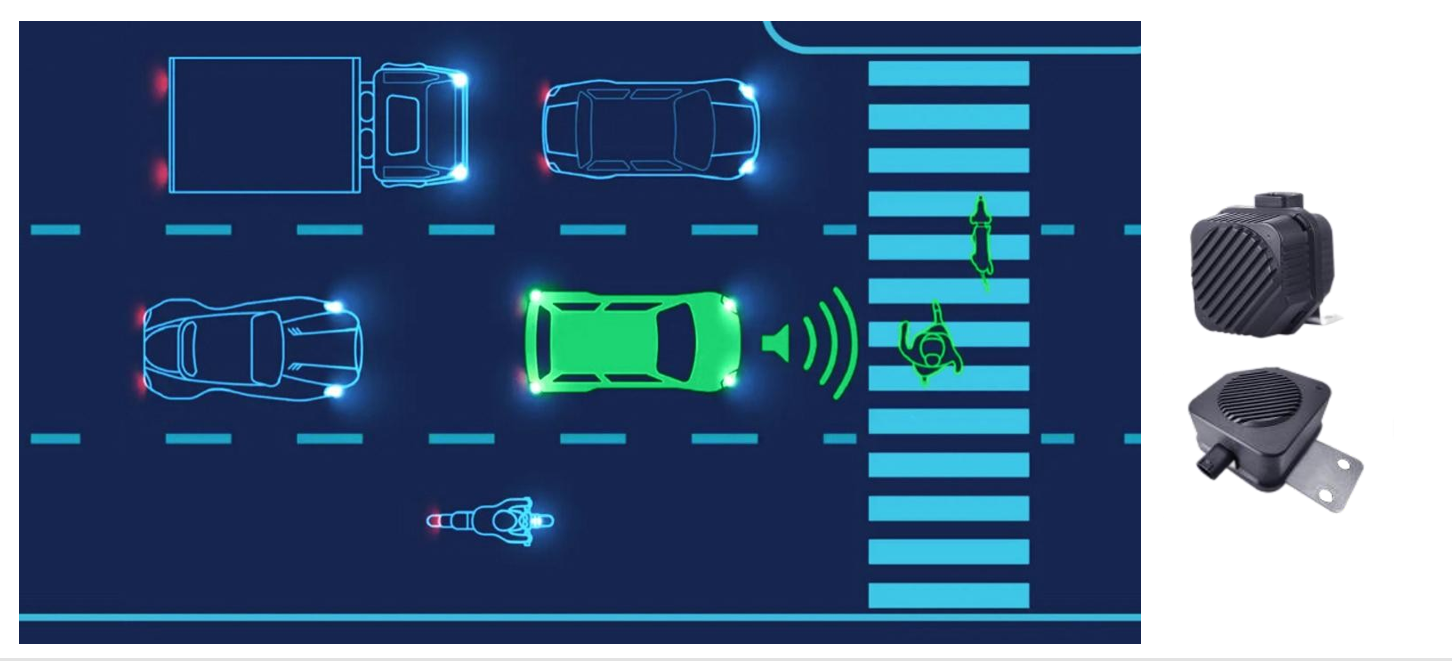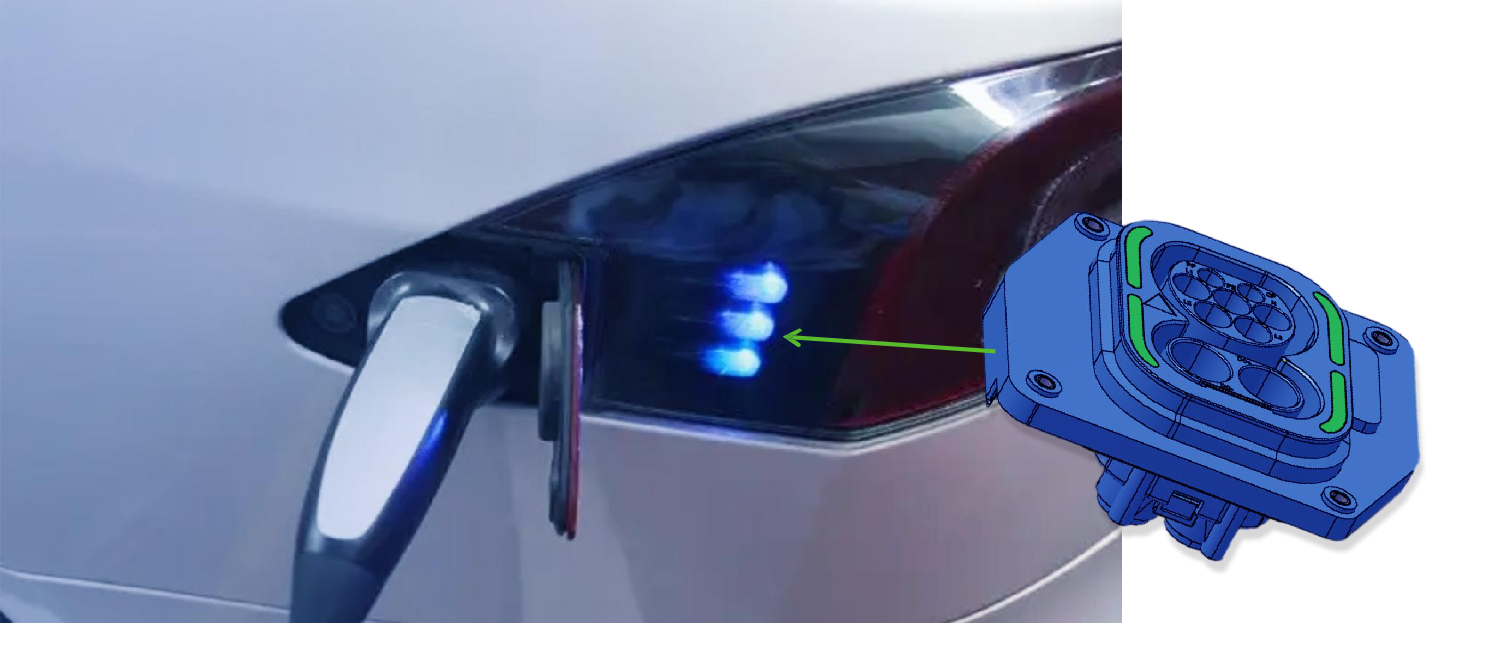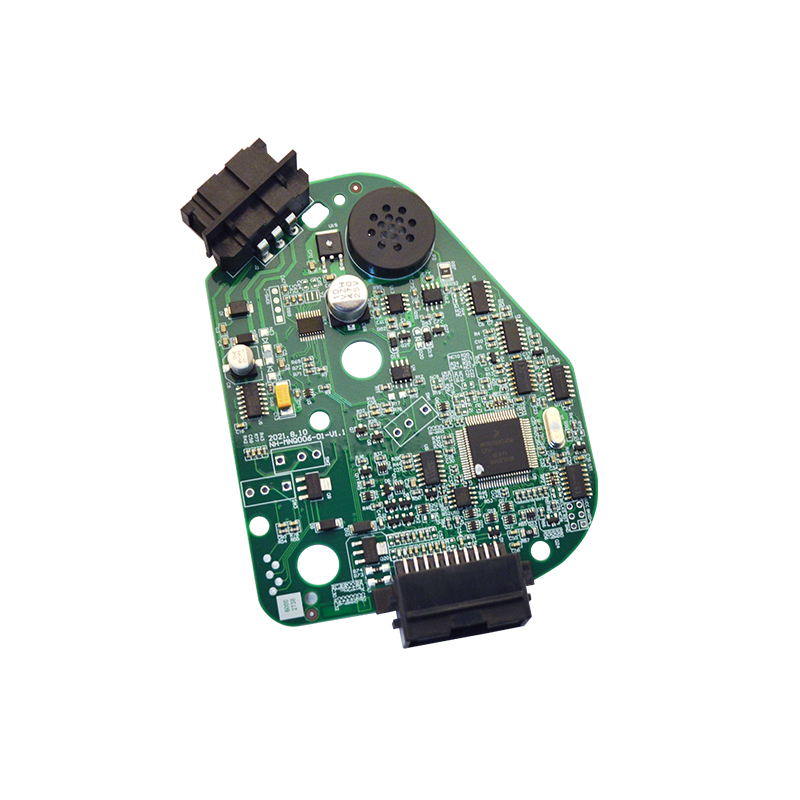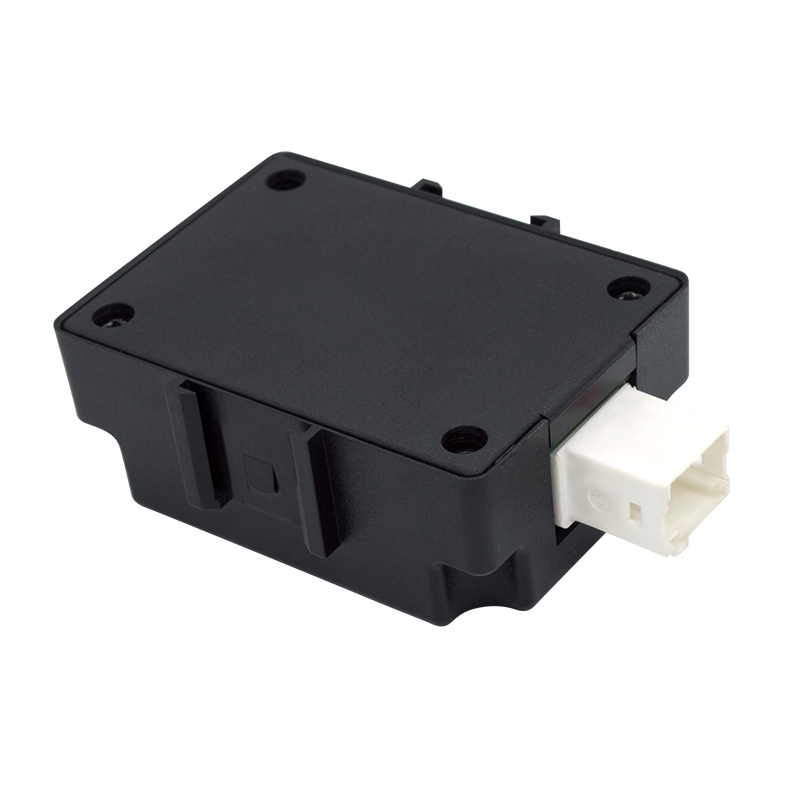Who We Are
CAR KEY DEVELOPMENT HISTORY & RF ID TECHNOLOGY
1. Radio frequency identification technology (RFID)
Radio frequency identification technology is the key to making car keys intelligent and convenient.
Radio Frequency: The frequency of electromagnetic waves that can propagate through space. Electromagnetic waves with a frequency lower than 100kHz will be absorbed by the earth's surface and cannot form effective transmission. Once the electromagnetic wave frequency is higher than 100kHz, the electromagnetic wave can propagate in the air and be reflected by the ionosphere at the outer edge of the atmosphere, forming long-distance transmission capabilities. This A high-frequency electromagnetic wave with long-distance transmission capability is called radio frequency, English abbreviation: RF.
Radio frequency signal: modulated electromagnetic wave with a certain frequency
The basic components of radio frequency identification system:
1. Electronic tag Tag (i.e. radio frequency card, transponder): It is composed of a coupling element and a chip. The tag contains a built-in antenna for communication with the radio frequency antenna; each tag has a unique electronic code (ID).
2. Reader: device for reading (card reading) tag information;
3. Antenna: transmits radio frequency signals between tags and readers for data exchange.
The controller, computer, control unit, module and control module mentioned below all refer to the on-board computer.
2. Mechanical key
The original car key was a simple mechanical key and did not have an engine anti-theft function. Therefore, the vehicle's anti-theft performance was very low. Once the door is opened, the vehicle can be driven away.
3. Mechanical key with transponder - immobilizer (IMMO)
Composition structure: transponder (installed in the key, no power supply), IMMO anti-theft controller, EMS engine control unit, coil (generally located at the keyhole, working frequency 125kHz, used to supply power to the transponder and send signals).
The original IMMO had an independent IMMO anti-theft control module. The current mainstream IMMO anti-theft solution is the integrated IMMO anti-theft solution. The IMMO control module has also been integrated into other controllers (such as PEPS, BCM). Compared with the independent type, the integrated type has lower cost and is safer. higher. Here we mainly introduce the independent IMMO to help us understand the principle of IMMO. The transponder does not contain a power supply. For a normally matched key, when there is current passing through the ON coil on the vehicle, an electromagnetic field will be generated. At the same time, the anti-theft controller sends a signal to the key transponder. The electromagnetic field will excite the transponder and provide energy. The transponder receives The anti-theft controller sends out a power signal (transponder power supply), a clock signal (authentication time limit) and a set of random numbers, and then processes and sends encrypted data to the anti-theft controller for communication authentication. After passing the certification, the anti-theft controller IMMO and the engine computer perform wired communication certification. The engine computer is allowed to start the engine only if the two-step authentication is successful within the specified time.
4. Remote control key RKE
The remote control key system includes the remote control key and the body controller BCM. The remote control key is divided into three parts: button, microprocessor, and RF high-frequency transmitter. After pressing the button, the microcontroller wakes up. The microcontroller sends a data stream to the key's radio frequency transmitter, modulates the carrier wave and transmits it into the air through a high-frequency oscillation signal. The receiving part includes RF high-frequency receiver and microprocessor. The RF high-frequency receiver receives the signal from the key, passes it to the processor for decryption and other operations, and then forwards it to the corresponding controller to perform operations such as opening and closing the lock.
The remote control key can be integrated with the IMMO engine anti-theft function to ensure vehicle safety. However, the REK system itself has loopholes. The opening and closing of the car door is a one-way authentication. The anti-theft system can be cracked by password copying and same-frequency interference.
5. Smart key PKE
This system is developed on the basis of human RKE and adds low-frequency authentication to achieve two-way communication at different frequencies. It also has the function of remote control key.
The PKE system mainly involves mutual information authentication between the smart key, PEPS controller, engine computer EMS, transmission computer TCU (or steering column lock ESCL), and body control module (BCM).
Implementation of keyless entry function: The driver carries the smart key and presses the door handle microswitch or pulls the door handle (the triggering method may be different for different models) to generate a trigger signal and transmit it to the PEPS controller. After the PEPS is triggered, it drives the low-frequency antenna to search for available The key sends a low-frequency signal (including wake-up data to the key and communication data with the key). The key receives the low-frequency signal, encrypts it, and sends it out through the high-frequency transmitting antenna. The PEPS controller receives the encrypted data through the high-frequency receiver and communicates with its own experience. The encrypted data is compared, and if it matches, it communicates with the body controller to perform the corresponding opening and closing actions.
At the same time, the PEPS system also uses the sensitivity of low-frequency signals to distance to locate the car key. The key achieves precise positioning of the smart key by measuring the strength of the low-frequency signal and feeding it back to the controller to confirm whether the key is inside or outside the car.
Implementation of the keyless start function: After entering the vehicle, the vehicle is in P gear. For automatic vehicles, after pressing the brakes, the PEPS controller in the vehicle will be triggered to search for the key through the low-frequency antenna. After the key receives the signal, it will process the signal content and then use the high-frequency antenna. It is sent to the PEPS controller for verification. If the verification is passed, the start button will give corresponding feedback. At this time, when the start button is pressed, PEPS will perform wired authentication with the engine computer EMS. If the authentication is passed, the engine can be started.
The smart key must also include an IMMO function. When the battery of the smart key is exhausted and cannot drive the RF module on the key to send high-frequency signals to the outside world, the IMMO certified start method is used to emergency start the vehicle.
Some remote control keys and smart keys will also retain the mechanical key for emergency door opening.
6. Bluetooth key
Bluetooth keys are implemented using mobile devices (mobile phones). The entire system includes Bluetooth door locks, mobile devices, and background management systems. The Bluetooth door lock is a data transceiver and is connected to the CAN network to interact with other controllers. The mobile terminal application selects the key that the user wants to transfer, encrypts and packages the data and sends it to the designated IP server, and requests the background management system to transfer the key.
The Bluetooth module in the Bluetooth door lock receives the data from the mobile terminal application, decrypts it and sends it to the main control module in the Bluetooth door lock. The main control module verifies and formats the data and sends it to the CAN network. The corresponding controller executes the corresponding operate.
Bluetooth communication uses frequency hopping technology, which has strong anti-interference ability.
7. NFC key
NFC is near field communication, a short-range wireless communication technology developed from RFID and interconnection technology. Integrated inductive card reader, inductive card, and point-to-point communication functions on a single chip. The corresponding NFC also has three working modes: card reader, card simulation, and point-to-point communication. NFC uses special signal attenuation technology, the transmission distance is generally less than 10CM, the point-to-point communication is highly secure, and the energy consumption is low; the connection is established quickly (0.1 seconds) and the data transmission speed is fast.
Tags :
